Description
Although there are several variations of the Hastelloy nickel alloy, Hastelloy C-276 is by far the most widely used.
Alloy C-276 is widely used in the most severe environments such as chemical processing, pollution control, pulp and paper production, industrial and municipal waste treatment, and recovery of sour natural gas.
Corrosion Resistant Hastelloy C276
Considered one of the most versatile corrosion resistant alloys available, Hastelloy C-276 exhibits excellent resistance in a wide variety of chemical process environments including those with ferric and cupric chlorides, hot contaminated organic and inorganic media, chlorine, formic and acetic acids, acetic anhydride, seawater, brine and hypochlorite and chlorine dioxide solutions. In addition, alloy C-276 resists formation of grain boundary precipitates in the weld heat affected zone making it useful for most chemical processes in the as-welded condition. This alloy has excellent resistance to pitting and stress corrosion cracking.
What are the characteristics of Hastelloy C276?
- Excellent corrosion resistance in reducing environments
- Exceptional resistance to strong solutions of oxidizing salts, such as ferric and cupric chlorides
- High nickel and molybdenum contents providing good corrosion resistance in reducing environments
- Low carbon content which minimizes grain-boundary carbide precipitation during welding to maintain resistance to corrosion in heat-affected zones of welded joints
- Resistance to localized corrosion such as pitting and stress-corrosion cracking
- One of few materials to withstand the corrosive effects of wet chlorine gas, hypochlorite and chlorine dioxide

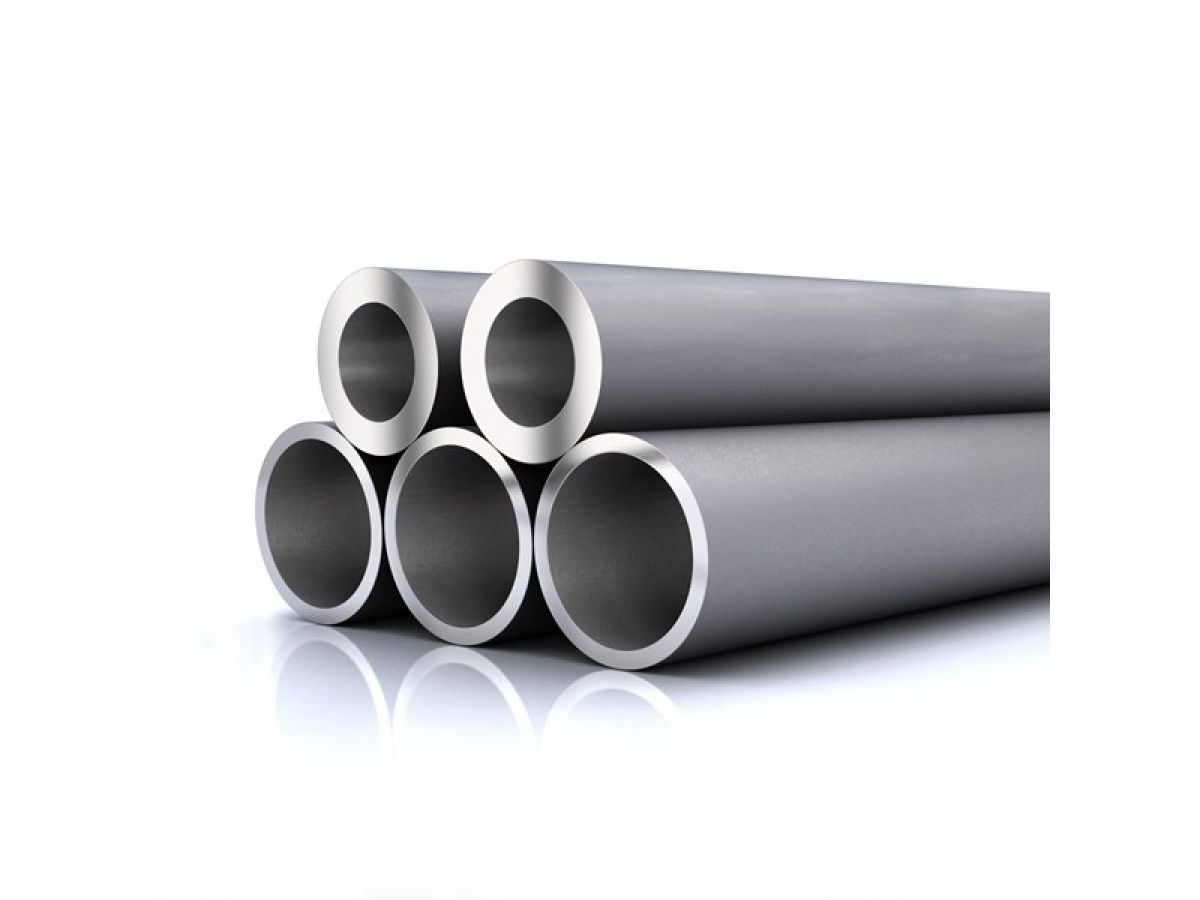
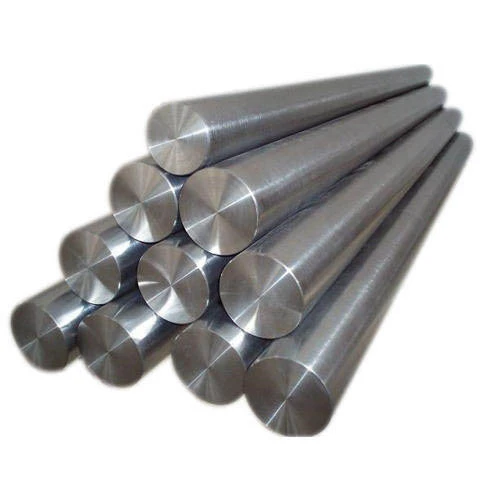
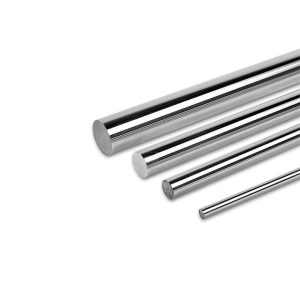
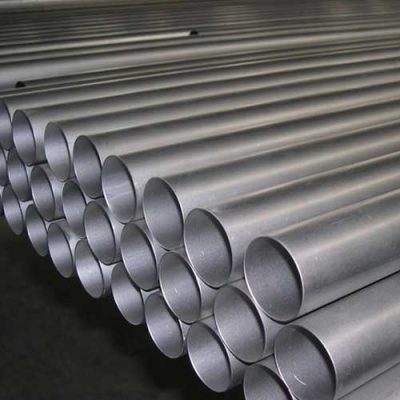
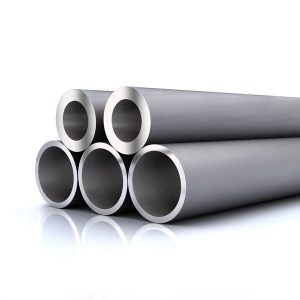
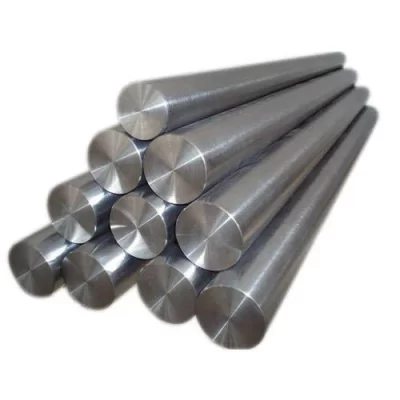
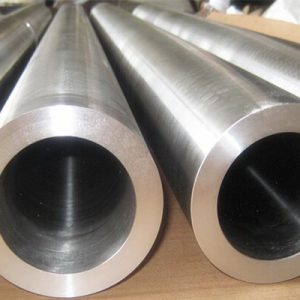
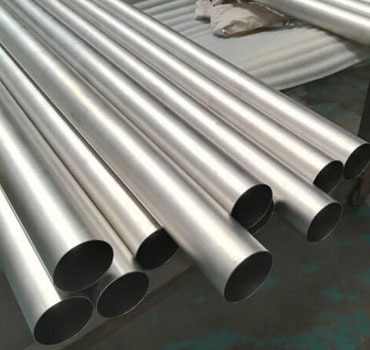
Reviews
There are no reviews yet.